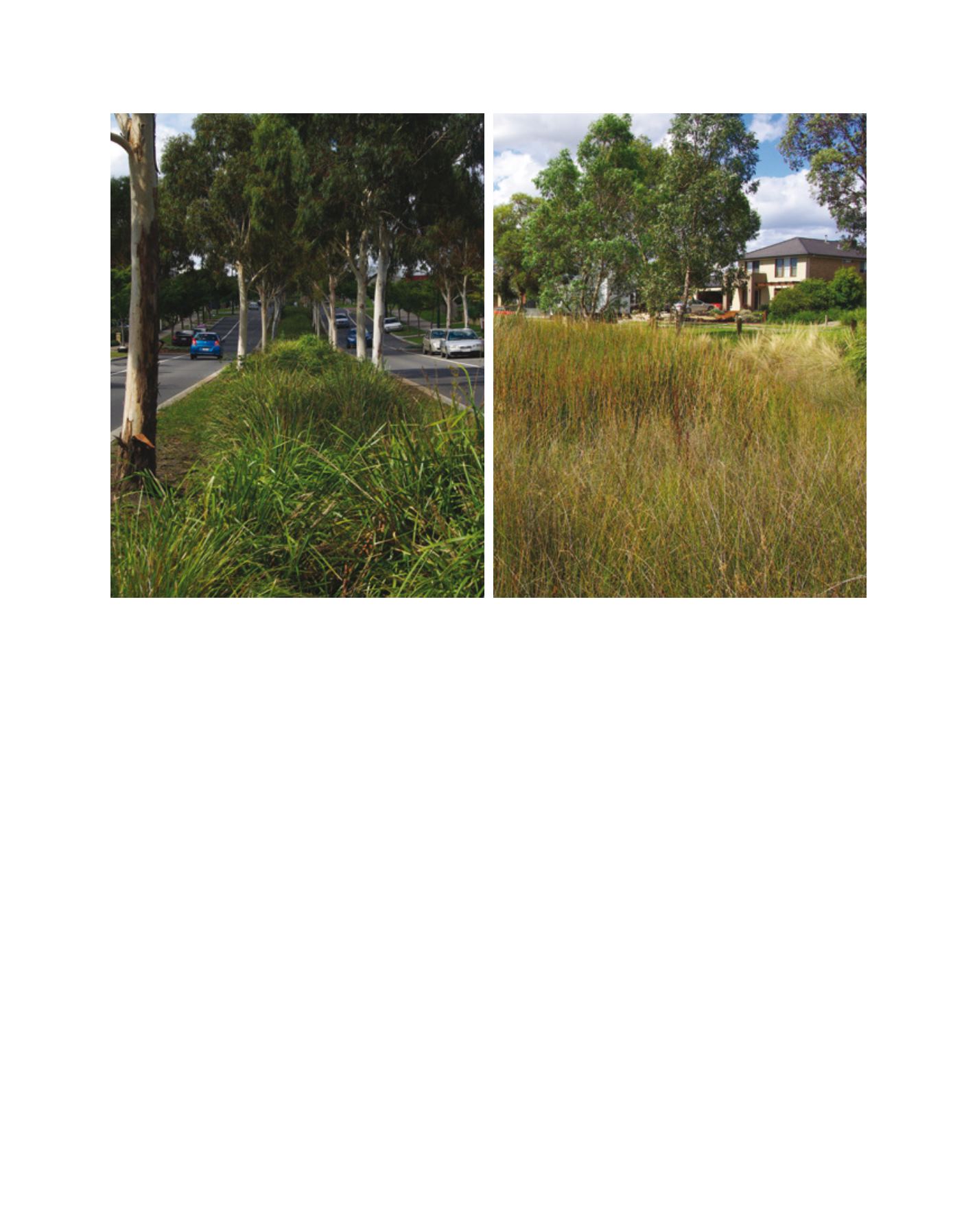

[
] 276
E
conomic
D
evelopment
and
W
ater
city must provide green infrastructure more generally,
not just a sustainable water catchment for itself – the
imperative upheld by the first pillar.
Landscapes are the product of both natural and
human forces, interacting in regional ecosystems
and beyond. Public spaces are essential to public
amenity – or putting it differently, to the material
conditions that enable human flourishing. However,
urban landscapes must be functional beyond provid-
ing amenity. Our conception of the value inherent in
open space needs to be enlarged, by consideration of
the ecological functioning of urban landscapes. This
expanded view encompasses great diversity: sustain-
able water management, microclimate influences,
facilitation of carbon sinks, use of ‘low-mileage’ food
production, environments for wildlife and more.
Excluding the urban environment from this interwo-
ven fabric is yet another reductive, binary-thinking
notion that has outstayed its welcome. Three broad
themes characterize the ecological design objectives
for urban landscapes: nature conservation (building
and conserving biodiversity, in terrestrial and aquatic
environments of the city); urban-rural interface
management (protecting and rehabilitating high-
conservation areas regardless of where they are found,
and mitigating the environmental impacts of urbaniza-
tion); and urban ecology (urban design incorporating
to reduce their dependency on externally sourced water, includ-
ing desalination of seawater, by accessing locally derived water
in a portfolio of water sources. A serious departure from nine-
teenth and twentieth century thinking? Yes. The old plans and
precepts are unworkable, as even the current state of cities makes
clear. Traditional mechanisms of governance yield fragmented
infrastructure and compartmentalized service provision. These
reductive ‘either/or’ approaches have had their day and new, holis-
tic, integrated solutions are called for. We need more sophisticated
perceptions of system boundaries, whereby a city may be seen as
both a generator and a consumer of essential resources. Embracing
the concept of diverse water supplies and mixed infrastructures
will give cities enormous flexibility, freeing them to access a wealth
of sources at minimal cost. Each of the alternative water sources
will have its own level of reliability and its own environmental
cost-and-risk profile. In a future water sensitive city, each source
can be optimized through diversified and parallel infrastructures
– for water harvesting, water treatment and new ways of storage
and delivery. Depending on a city’s particular conformation and
needs, the mix might include both centralized and decentralized
elements – from a simple rainwater tank for non-potable use to
large-scale schemes for redirecting or reusing water.
The second pillar supporting water sensitive cities, cities provid-
ing ecosystem services, has a place close to the first. Like it, this
pillar stands against traditional ways that have outworn their useful-
ness; but now the principle is broader. We may consider it under the
heading ‘water sensitive urban design’ (WSUD). The water sensitive
Green corridors and constructed wetlands are multifunctional green infrastructure, providing ecosystem services including water quality improvement,
micro-climate enhancement, flood conveyance and increasing biodiversity
Image: Tony H. F. Wong


















